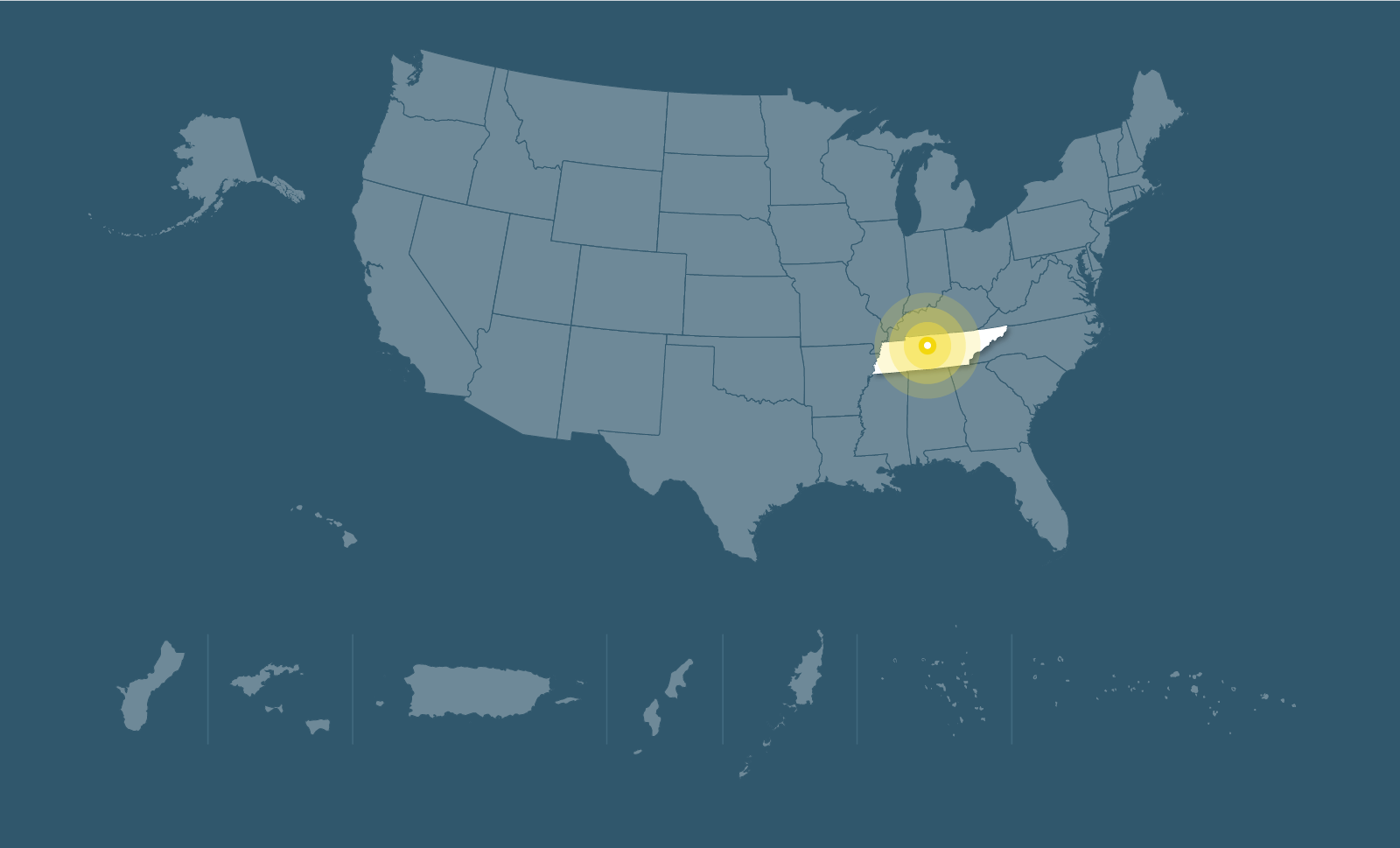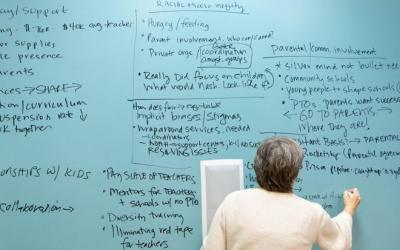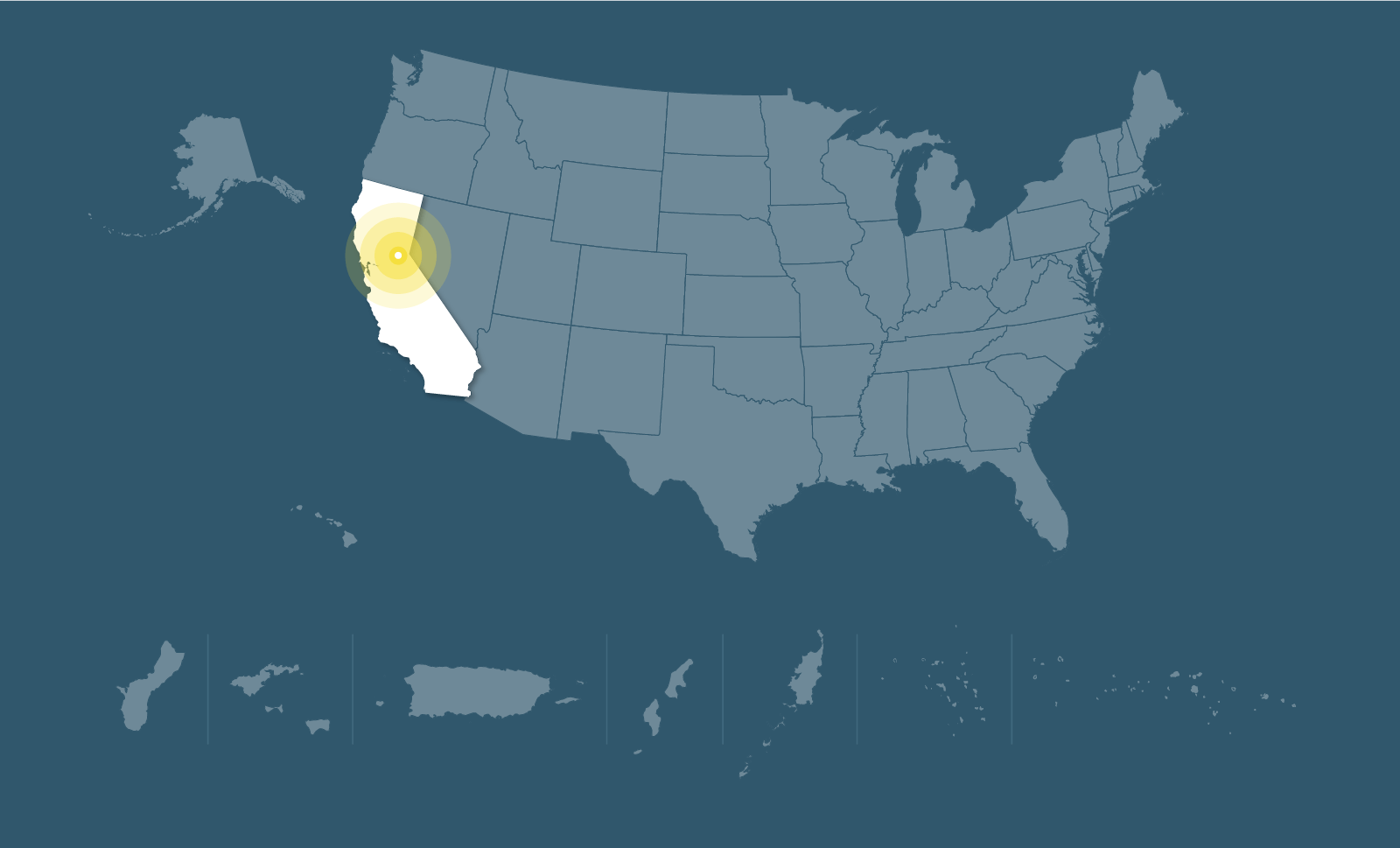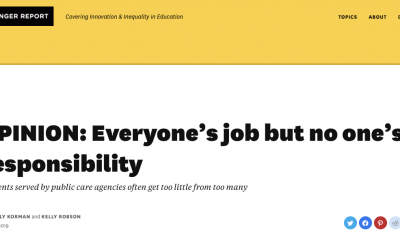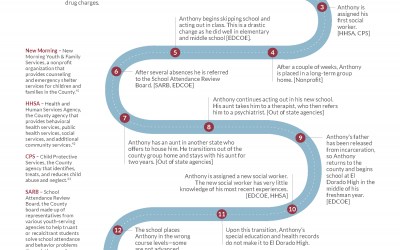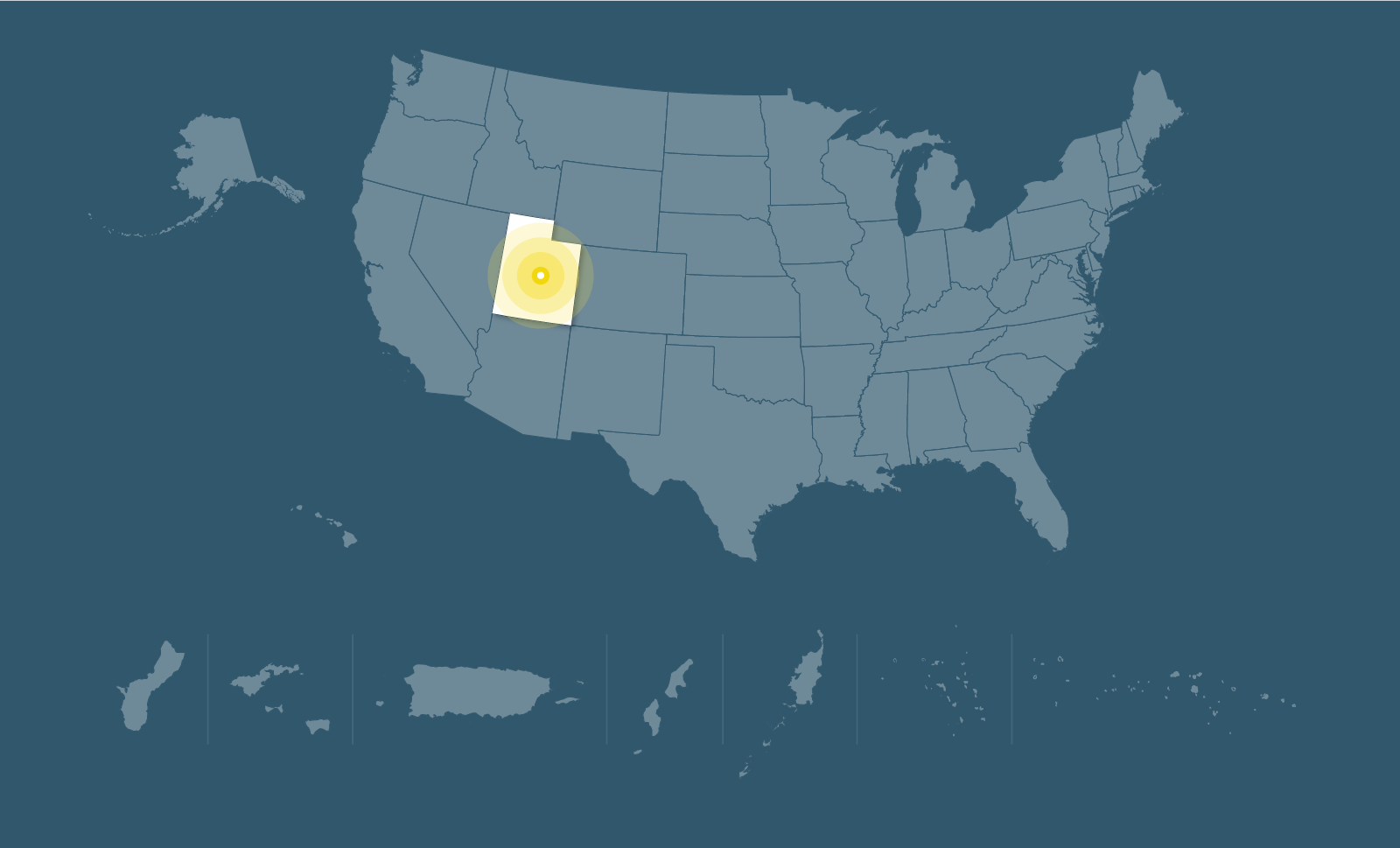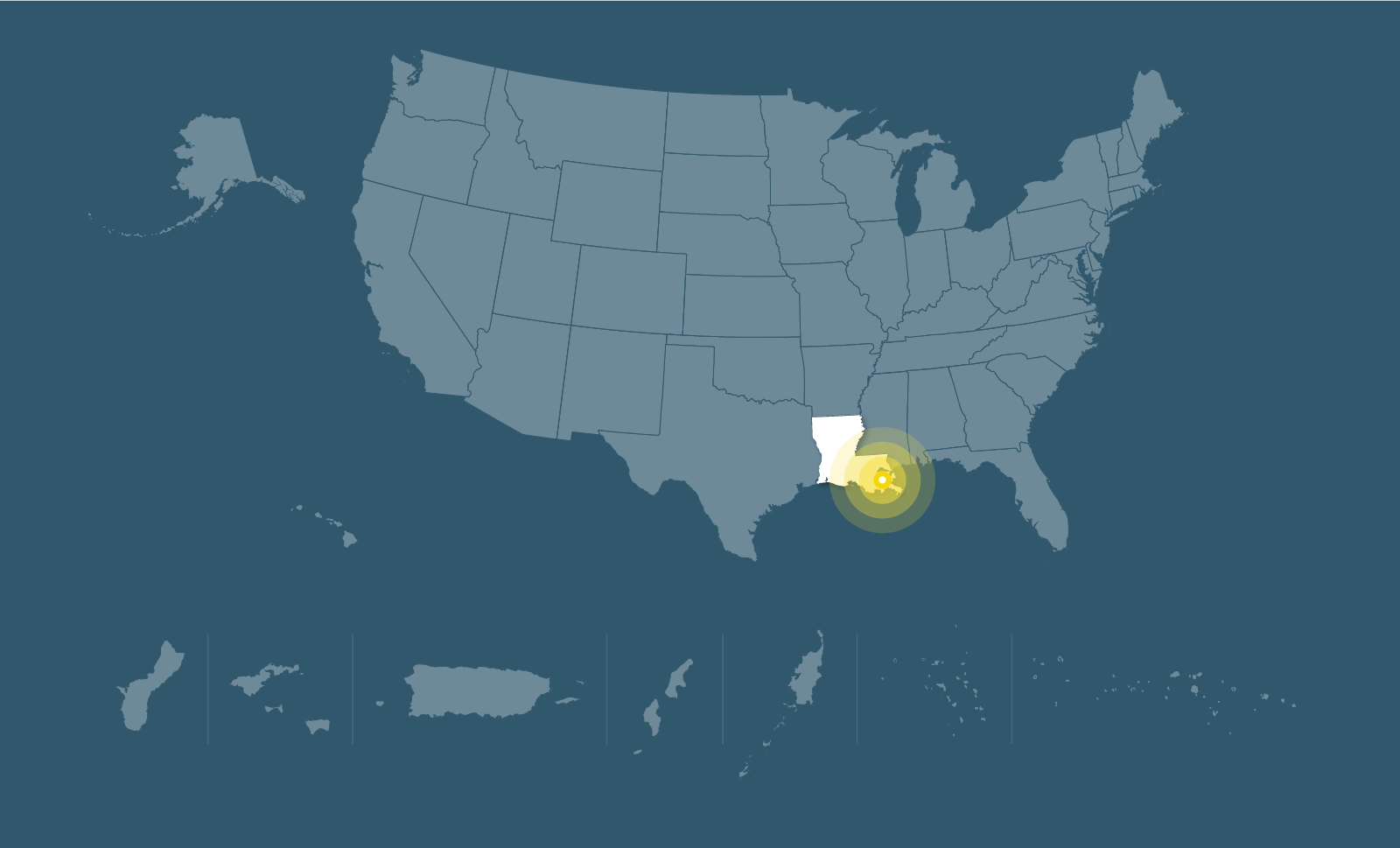Presentation Navigation
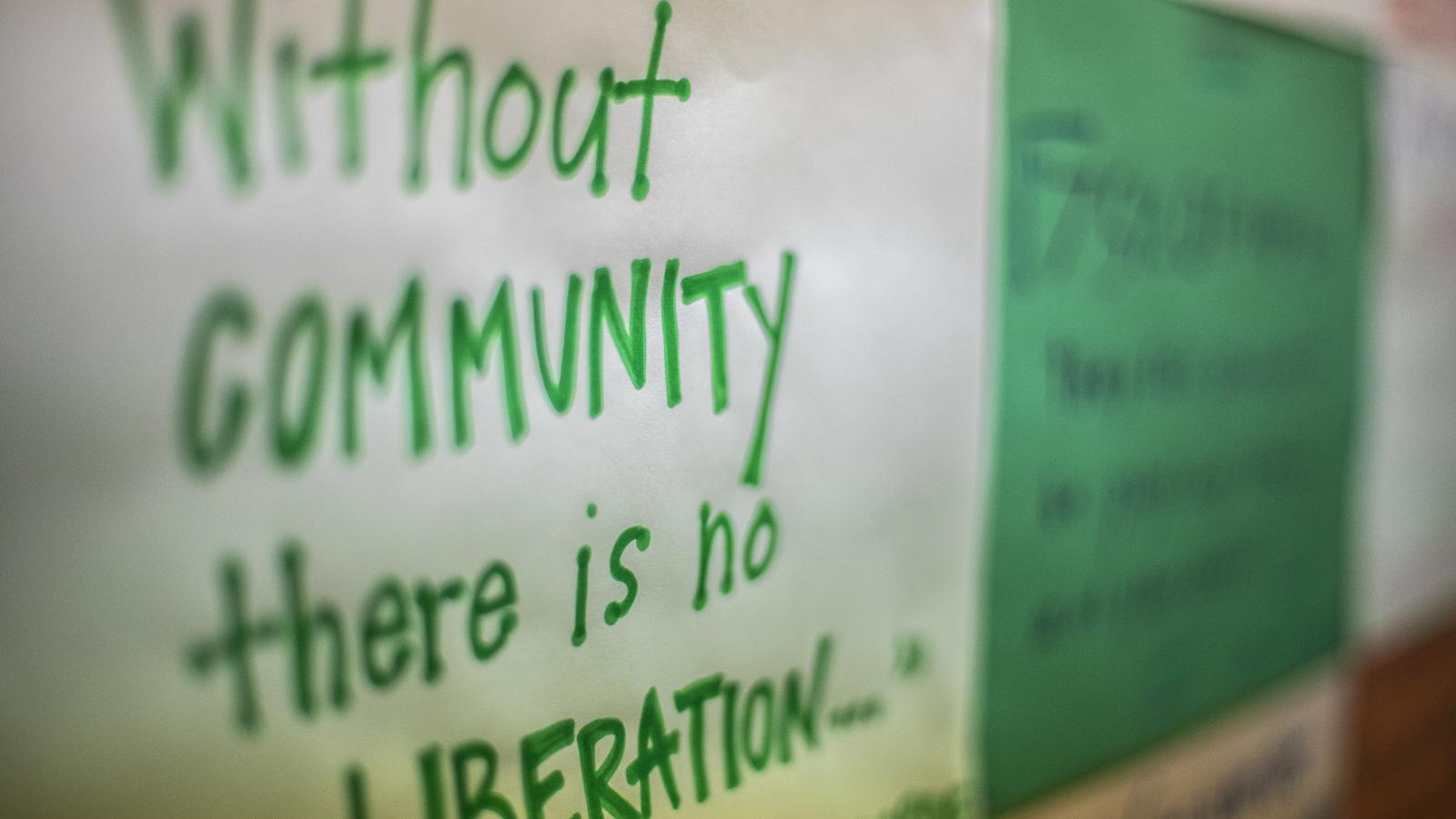
Progress Stories
We partnered with four communities across the country to support young people who have faced disruption in their lives and in their education.
First, we joined leaders across schools, health departments, homeless shelters, and more to begin to center young people’s needs and full experiences. We then identified the key actions that leaders could take to better collaborate to meet those needs and created a coherent plan for services that support young people.
Learn More
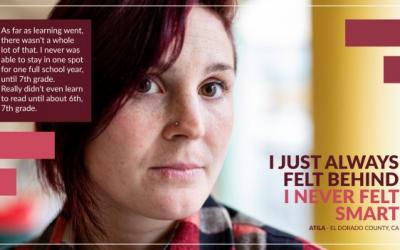
How Bellwether Transformed Agencies Supporting Youth in Utah, California, and Louisiana: Part 1
This four-part series details work that Bellwether engaged in three locations to reduce fragmentation among agencies that serve young people.
Nashville, Tennessee
Alignment Nashville, a long-standing nonprofit organization in the city, convened the A-Team on Coordinated Services for Youth, a cross-sector group of stakeholders that included the mayor’s office, the Davidson County Juvenile Court, Metro Nashville Public Schools, and other local partners. This team identified strategies to improve coordination among agencies and service providers to better meet the needs of Nashville youth, especially those who encounter many local organizations and systems.
Alignment Nashville and the A-Team worked to better understand how local providers and agencies could better support youth between the ages of 17 and 24, who did not complete high school and were not connected with any of the education opportunities in the city. In talking directly with young people and with providers, leaders learned that the programs and services in place were not fully connecting young people to the support needed. Leaders also found that a competitive environment meant local providers and agencies operate in silos and don’t coordinate effectively. The COVID-19 pandemic magnified many of these challenges. The A-Team developed a plan including recommendations for reviving the city’s Child and Youth Master Plan (a citywide framework that has not been updated since 2010) and a partnership with the courts to provide more coordinated access to education opportunities. Alignment Nashville is also exploring an opportunity to support partnerships and incentivize collaboration by matching schools with community partners funded by federal COVID-19 recovery resources.
Learn More

OPINION: The System Failed Me
El Dorado County, California
El Dorado County, California, is a community with many leaders who have close ties to one another and to the people they serve. The county offers many high-quality services, and there is, for the most part, enough to go around. However, leaders recognized that the county’s most vulnerable young people and their families still struggle to thrive. Leaders relied heavily on informal networks for information-sharing, resulting in a lack of institutional tools and resources to support coordination between public agencies and community-based organizations.
County leaders convened a working group across the public agencies and other local service providers to uncover and examine fragmentation in the county and develop a strategy. El Dorado County’s leaders created a formal county commission to oversee future work aimed at increasing coherence for children, youth, and families. The commission is designed to ensure that this collaborative effort can withstand political shifts and leadership changes — and it is grounded in coherence that includes a structure of alternate commissioners, which creates an opportunity to include young people, their families, and community members in positions of influence.
Learn More
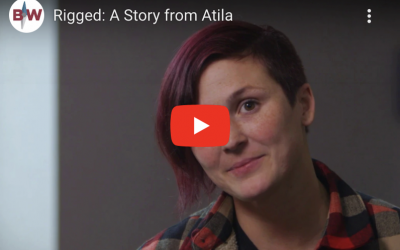
Utah
The Utah State Board of Education’s Youth in Care (YIC) program provides educational services and programs to approximately 50,000 young people under the age of 21 who are in the custody of the state’s foster care and juvenile justice systems. The YIC contracts with local school districts to operate programs in secure facilities (such as juvenile justice or residential treatment facilities), in communities serving kids who live at home or in community-based placements, or in local public schools.
A strong local-control culture and policy choices in favor of autonomy have fed fragmentation in Utah. While the YIC supports some exceptional programs, there’s limited formal collaboration or communication between the systems that serve youth — and across those systems and providers, there’s no systematic way to coordinate programs or hold them accountable. As a result, the type, intensity, and quality of interventions offered varies widely in ways that weren’t always responsive to the needs of young people. In addition, access and quality were inequitable across the state, with no shared vision for what high-quality services should look like.
Utah’s leaders focused on creating a plan to ensure that all YIC students have access to a high-quality education that prepares them to graduate from high school and access opportunities just like those students who are not in the state’s custody. The leaders of the YIC drafted a common definition of a high-quality program and a corresponding rubric for their partners to use to develop and move toward that shared vision for the future.
Learn More
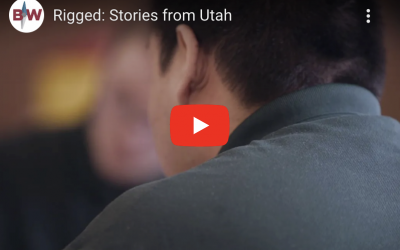
How Bellwether Education PartnersTransformed Agencies Supporting Youth in Utah, California, and Louisiana, Part 2: The Utah State Board of Education
This four-part series details work that Bellwether engaged in three locations to reduce fragmentation among agencies that serve young people.
New Orleans, Louisiana
New Orleans’ Youth Opportunity Center, which was part of the Orleans Parish School Board, evolved from being a direct-services provider to also become a community convener and hub.
Youth Opportunity Center social workers provided intensive case management services for high-need youth and families in New Orleans. While the Youth Opportunity Center had historically provided only direct-service work, its goal was to become a strong community voice, magnifying its reach and impact by building capacity in other agencies, nonprofits, and community-based organizations to provide meaningful supports for young people and their families.
In New Orleans, the poverty rate is twice the national average and even prior to COVID-19, up to 25% of students were chronically absent from school. Staff at the Youth Opportunity Center noticed that young people and families often struggled to engage (or re-engage) in their school because of significant barriers to accessing social services, including lack of transportation or mistrust rooted in a history of negative experiences with government. In addition, New Orleans’ decentralized education system creates wide variance in schools’ capacity to support the highest-need students without resorting to practices that lead students to further disengage.
The Youth Opportunity Center created an 18-month plan focused on:
-
Improving outcomes for its students
-
Increasing school and system capacity, awareness, and coordination
-
Accessing meaningful information to increase public engagement and awareness about the importance of school attendance
Learn More
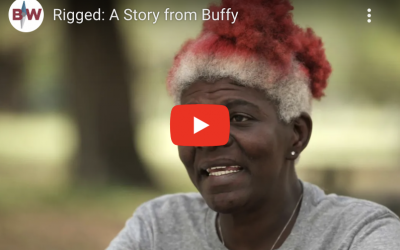
How Bellwether Transformed Agencies Supporting Youth in Utah, California, and Louisiana, Part 3: The Orleans Parish School Board’s Youth Opportunity Center
This four-part series details work that Bellwether engaged in three locations to reduce fragmentation among agencies that serve young people.
